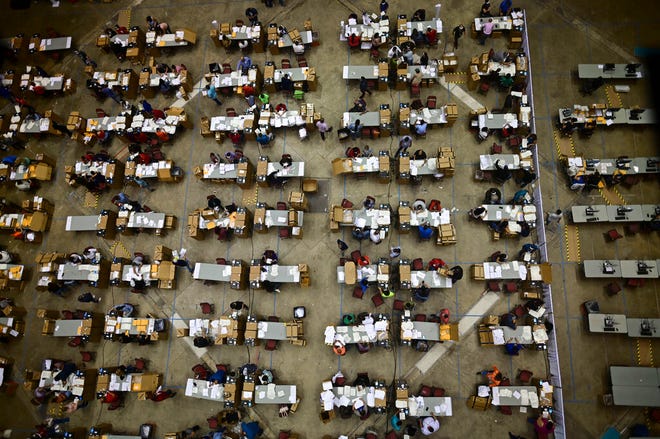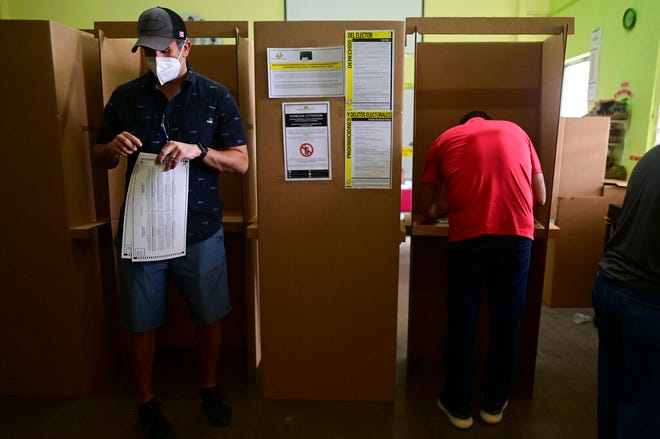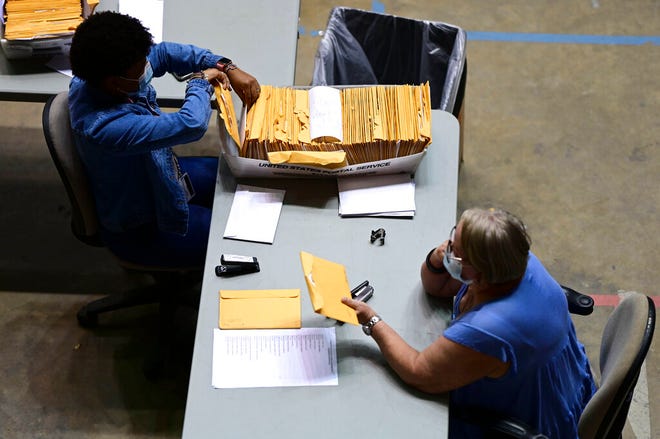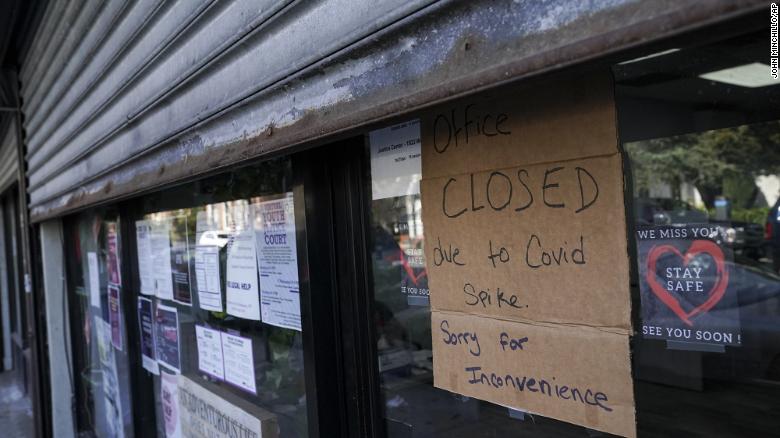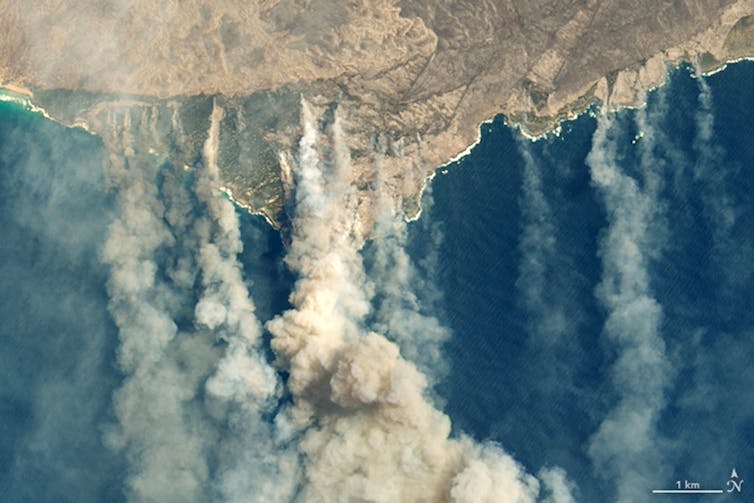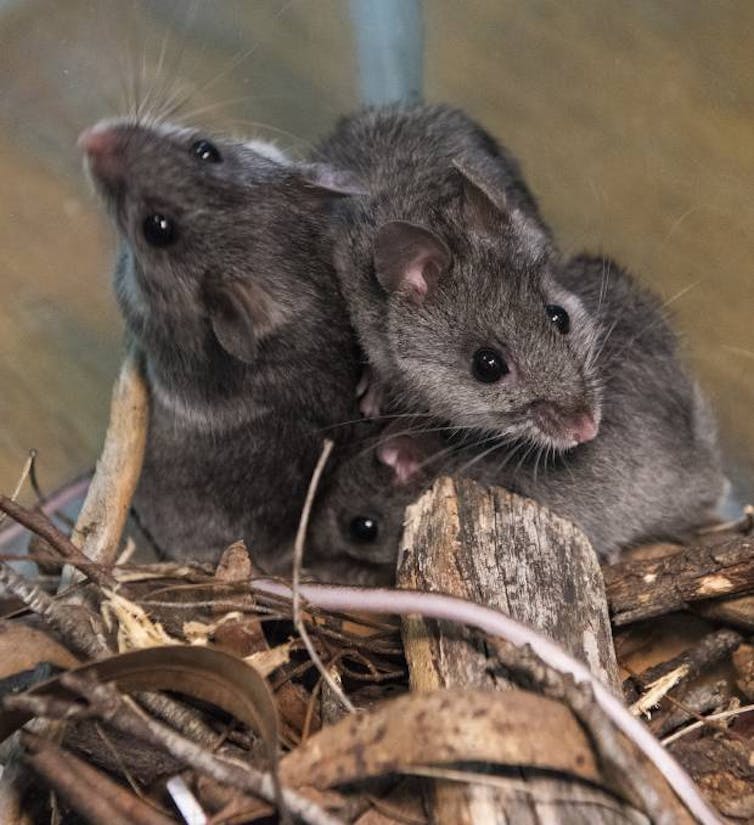THE RINGS SHOW THE CHICXULUB CRATER LOCATED ON THE YUCATAN PENINSULA, MEXICO.
JEFF SCHMALTZ, MODIS RAPID RESPONSE TEAM, NASA/GSFC, IFLSCIENCE
By Stephen Luntz 03 NOV 2020, 13:15
Earlier this year geologists announced an enormous hydrothermal province beneath the Chicxulub crater left behind by the “dinosaur-killing asteroid”. The find was described as an important clue to the possible origins for life. The discovery these volcanic fluids powered a microbial community long after the impact occurred makes this case much stronger.
Drilling 1,335 meters (0.8 miles) into the Chicxulub crater revealed a vent system where hot liquids ran through porous rocks for millions of years after the asteroid impact. Initially, temperatures would have exceeded 300ºC (570ºF). However, the slow cooling that took place as the asteroid's heat of impact dispersed created a long window where temperatures would have been ideal for the thermophilic lifeforms that thrive around volcanic vents.
If this was the case for Chicxulub, the geologists reasoned, the same would have been true for the 6,000 larger objects that smashed into the Earth during the Hadean Era when life was just getting started. At a time when the surface would have been a very unsafe place to live – some impacts were large enough to boil entire oceans – these locations could have played a crucial role in preserving, or even creating, life
The next step in building the cases for impact craters as cradles of life was to show organisms thrived in Chicxulub's subterranean province. In a new study in Astrobiology a team led by The Lunar and Planetary Institute's Dr David Kring has done just that, describing finding tiny spheres of the mineral pyrite 0.01 millimeters wide. Isotopes in these balls showed they were produced by microbes that flourished for 2.6 million years ago far beneath the surface, drawing on the energy the asteroid transmitted to the system.

By Stephen Luntz 03 NOV 2020, 13:15
Earlier this year geologists announced an enormous hydrothermal province beneath the Chicxulub crater left behind by the “dinosaur-killing asteroid”. The find was described as an important clue to the possible origins for life. The discovery these volcanic fluids powered a microbial community long after the impact occurred makes this case much stronger.
Drilling 1,335 meters (0.8 miles) into the Chicxulub crater revealed a vent system where hot liquids ran through porous rocks for millions of years after the asteroid impact. Initially, temperatures would have exceeded 300ºC (570ºF). However, the slow cooling that took place as the asteroid's heat of impact dispersed created a long window where temperatures would have been ideal for the thermophilic lifeforms that thrive around volcanic vents.
If this was the case for Chicxulub, the geologists reasoned, the same would have been true for the 6,000 larger objects that smashed into the Earth during the Hadean Era when life was just getting started. At a time when the surface would have been a very unsafe place to live – some impacts were large enough to boil entire oceans – these locations could have played a crucial role in preserving, or even creating, life
The next step in building the cases for impact craters as cradles of life was to show organisms thrived in Chicxulub's subterranean province. In a new study in Astrobiology a team led by The Lunar and Planetary Institute's Dr David Kring has done just that, describing finding tiny spheres of the mineral pyrite 0.01 millimeters wide. Isotopes in these balls showed they were produced by microbes that flourished for 2.6 million years ago far beneath the surface, drawing on the energy the asteroid transmitted to the system.

Deep beneath the Chicxulub crater water and volcanic fluids fed thermophilic microbes, providing a possible clue to life's origins. Victor O. Leshyk for the Lunar and Planetary Institute
These microbes converted sulfate in the hot volcanic fluids to sulfide, probably using hydrocarbons as electron donors. The microbes are long gone, but the sulfide they left behind attests to their presence. Similar thermophilic organisms are found in hydrothermal systems today. Although non-living processes can also leave sulfide traces, the sulpfur32:sulfur34 ratio Kring found are distinctive to the output of biological processes.
The Chicxulub crater was chosen not simply for it's fame and immense role in evolutionary history. It's the best-preserved large crater on the planet. Others of similar size or larger are so much older they have been reshaped by the ravages of time. However, similar sulfide isotope ratios have been found beneath the smaller Haughton and Rochechouart craters.
Hydrothermal systems beneath craters could have preserved life during the Hadean era, when particularly large impacts might have sterilized the planet's surface, forcing the process of evolution to start from scratch. It's even possible life originated in a system like this nearly a mile beneath the Earth, rather than in a “warm still pond” as Darwin proposed, or around a different sort of hydrothermal vent, at the bottom of the ocean
These microbes converted sulfate in the hot volcanic fluids to sulfide, probably using hydrocarbons as electron donors. The microbes are long gone, but the sulfide they left behind attests to their presence. Similar thermophilic organisms are found in hydrothermal systems today. Although non-living processes can also leave sulfide traces, the sulpfur32:sulfur34 ratio Kring found are distinctive to the output of biological processes.
The Chicxulub crater was chosen not simply for it's fame and immense role in evolutionary history. It's the best-preserved large crater on the planet. Others of similar size or larger are so much older they have been reshaped by the ravages of time. However, similar sulfide isotope ratios have been found beneath the smaller Haughton and Rochechouart craters.
Hydrothermal systems beneath craters could have preserved life during the Hadean era, when particularly large impacts might have sterilized the planet's surface, forcing the process of evolution to start from scratch. It's even possible life originated in a system like this nearly a mile beneath the Earth, rather than in a “warm still pond” as Darwin proposed, or around a different sort of hydrothermal vent, at the bottom of the ocean

Section of the Chicxulub core with the hydrothermal minerals dachiardite (bright orange) and analcime (transparent). The minerals partially fill cavities in the rock that were niches for microbial ecosystems. This is a composite illustration of core section 0077-53R-3 and a closeup image of a portion of core section 0077-63R-2. Credit: David Kring of the USRA's Lunar and Planetary Institute.











